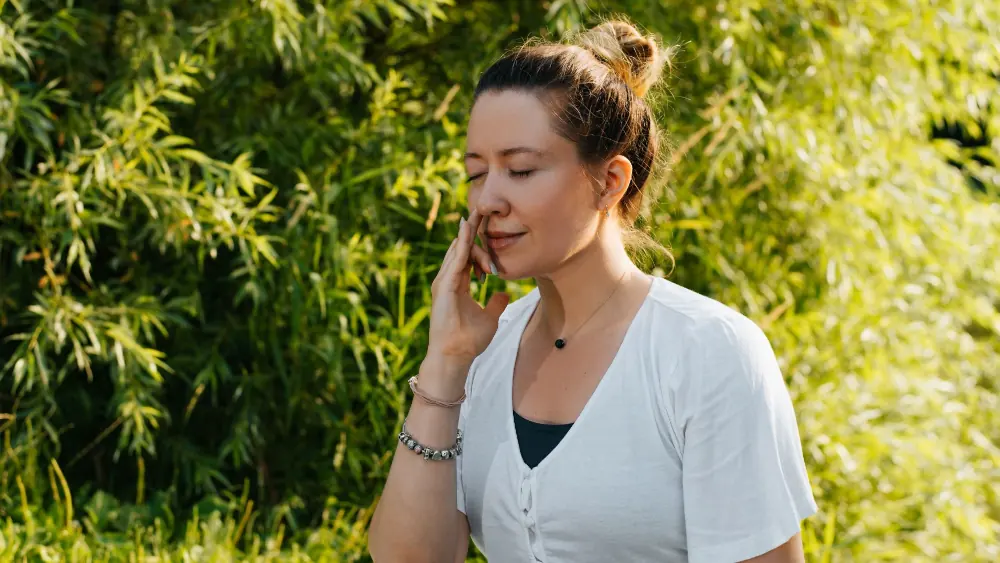Nasal Breathing: A Key to Oral Health and Orthodontic Treatment Success

Introduction to Oral Breathing
In this blog post by Dr. Israa Hariri, a leading orthodontist in Luxembourg, we will delve into the importance of nasal breathing for oral health and its influence on orthodontic treatments. We will also explore the advantages of respiratory retraining, beginning as early as age 3, emphasizing the need for a multidisciplinary approach to address oral breathing issues. Learn how nasal breathing contributes to harmonious chewing and swallowing, and how it can shorten the duration and improve the outcomes of orthodontic treatments.
Understanding the Significance of Nasal Breathing
Nasal breathing plays a pivotal role in our oral health. It filters, warms, and moisturizes the air before it reaches the lungs. Furthermore, it enhances the production of nitric oxide, a compound that aids in blood vessel dilation and improves blood circulation. This, in turn, boosts tissue oxygenation. Breathing through the nose can increase the oxygen intake by 18% compared to oral breathing.
Proper nasal breathing promotes our dental system’s health, maintaining a perfect balance among jaw muscles and supporting the jaw and palate’s growth and development. It also helps prevent dental and orthodontic issues by ensuring the tongue’s correct position and eliminating bad habits like oral breathing and thumb-sucking, which can lead to muscle imbalances and facial growth problems. Moreover, nasal breathing maintains a healthier oral environment by promoting saliva production, acting as a natural cleansing agent, and aiding in preventing tooth decay and periodontal diseases.
Nasal breathing ensures correct and harmonious chewing by maintaining the tongue’s proper position and balancing the jaw muscles. This ideal tongue position facilitates food grinding, and muscle balance allows better coordination between the upper and lower jaws. As a result, nasal breathing encourages more efficient and comfortable chewing, enhancing digestion and nutrient absorption.
For swallowing, nasal breathing aids in achieving the ideal process by keeping the tongue in a correct position against the palate. This ensures a healthy swallowing motion and avoids undue pressures on the teeth and jaws, supporting balanced jaw growth and reducing the risk of malocclusions and dental misalignment. This also helps the teeth maintain their correct position, preventing long-term orthodontic issues.
Impact of Healthy Nasal Breathing on Orthodontic Treatment
Adequate nasal breathing can reduce the overall duration of an orthodontic treatment. By promoting balanced facial growth and proper oral structure development, nasal breathing can prevent or correct some malocclusions and dental imbalances. As a result, less time is required to rectify these issues during orthodontic treatment.
Moreover, proper nasal breathing enhances the jaw and tongue muscles’ cooperation with orthodontic appliances, improving the effectiveness of the applied forces to move the teeth. Therefore, treatment progresses faster, achieving dental alignment and malocclusion correction objectives more easily.
The Importance of Addressing Respiratory Issues from Age 3 and Even for Adults
Starting respiratory retraining from age 3 is critical, as this is when children develop their breathing habits and lay the foundation for harmonious facial growth. By intervening early, it’s possible to prevent orthodontic complications and chewing and swallowing problems from worsening. However, it’s equally essential to note that adults can benefit from respiratory retraining. By rectifying breathing issues, adults can enhance their oral health, promote proper dental alignment, and avert potential complications. Hence, addressing respiratory problems is beneficial for all ages, leading to improved life quality and optimal oral health.

The Orthodontist’s Approach to Addressing Reduced Nasal Breathing
The treatment approach should be multidisciplinary, involving various specialists to provide a comprehensive and effective solution. Besides consulting an otolaryngologist (ENT) to evaluate and address respiratory tract issues, it’s vital to visit an orthodontist. The orthodontist’s role is instrumental in respiratory retraining since they assess and correct the jaw and palate’s growth and developmental issues, often linked to inadequate breathing. By collaborating with the ENT and other healthcare professionals, the orthodontist helps in a holistic approach to retrain nasal breathing, ensuring better oral health and optimal breathing for the patient.
In our orthodontic practice in Luxembourg, we pay special attention to nasal breathing and work closely with patients to help them adopt and maintain healthy breathing habits. If you have any questions or wish to learn more about nasal breathing’s importance in orthodontic treatment, particularly with technologies like Invisalign, please do not hesitate to contact us.
